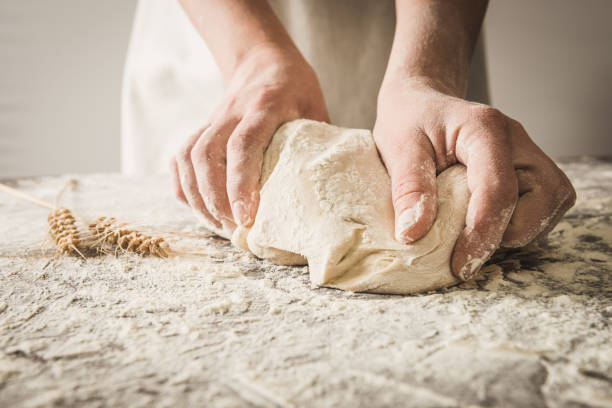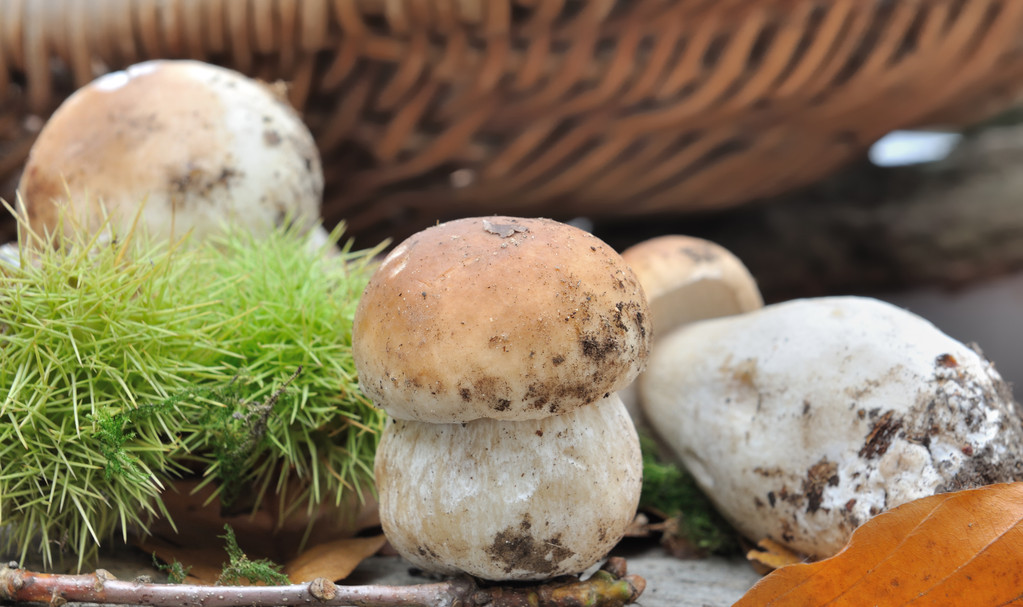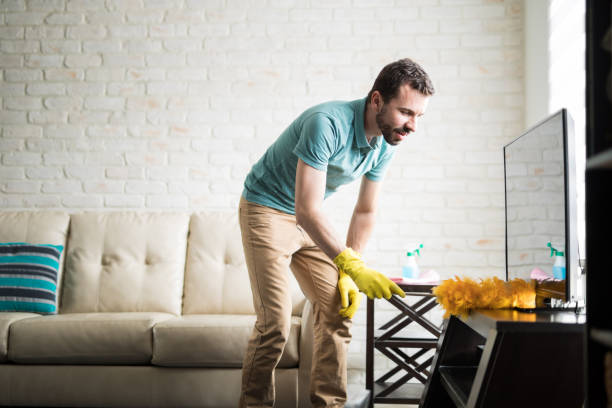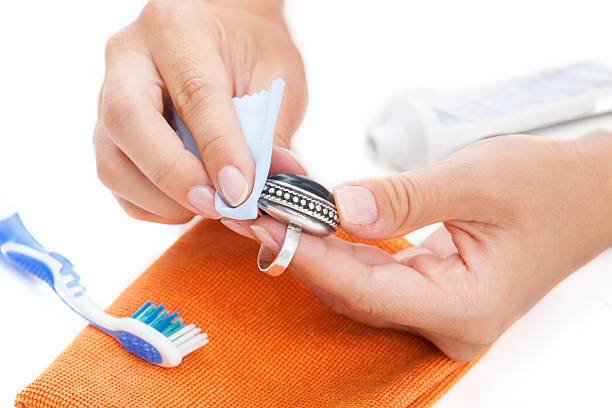Spreading is a must on icy roads. But you can do more damage than prevent it. In particular, road salt should be avoided, which damages the environment and can pose a traffic hazard. Alternatives in the form of sand or sawdust are far more suitable and harmless.

When wintertime snow and ice cover the paths and roads again, it is up to local residents to keep their part of the path as safe as possible. But usually, it is not enough to simply sweep away the snow cover. Rather, the layer of ice must at least be secured. The choice of means is varied, but not all of them are right.
Avoid road salt
Road salt is a frequently used tool to remove slippery pavements. As granular granules, it ensures that passers-by are less likely to slip away on the dull surface. On the other hand, it gradually thaws the ice and thus eliminates the source of danger itself. However, it is not advisable to use road salt for the following reasons.
On the one hand, salts damage the environment. They move into the soil, where they deprive plants and trees of nutrients and make it difficult for them to absorb water. If the salt gets into the paw pads of animals, it can lead to painful inflammation. It is also conceivable that animals drink thawed saltwater and catch stomach diseases.
In addition, the saltwater can also get onto the streets and leave a greasy film there. This increases the braking distance of cars. In addition, the saltwater can lie directly on the brakes and have a damaging effect there. Apart from a few exceptions (e.g. on stairs, steep slopes, or on black ice), road salt should therefore be avoided. But there are some alternatives that you can use to better protect the environment.
There are enough alternatives to road salt
The best way to sprinkle is with agents that are natural, environmentally friendly, and easy to dispose of. These are, for example, fine sand, grit, or sawdust. The first two mentioned can easily be swept away after the winter or even collected again (the split can be reused). The sawdust, on the other hand, usually rots by itself after a few weeks.
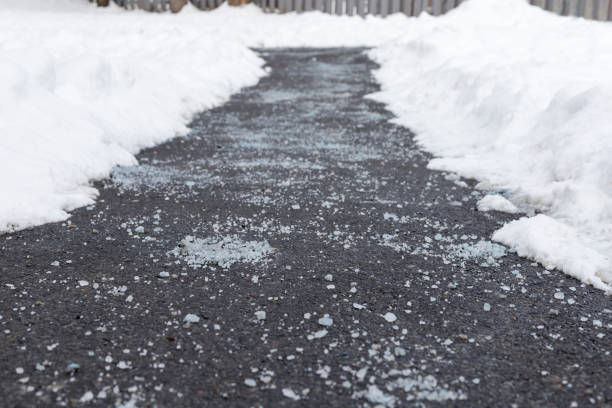
If such litter is out of stock in heavy winters (you should start looking for them in the fall), be creative. You can also clean your chimney and reduce the slippery surface with ashes from the stove, potting soil, or cat litter. Even a thin layer of snow can prevent the risk of slipping. That’s why you shouldn’t sweep up every little snowflake immediately. In addition, please note other important tasks in gardening in winter.




